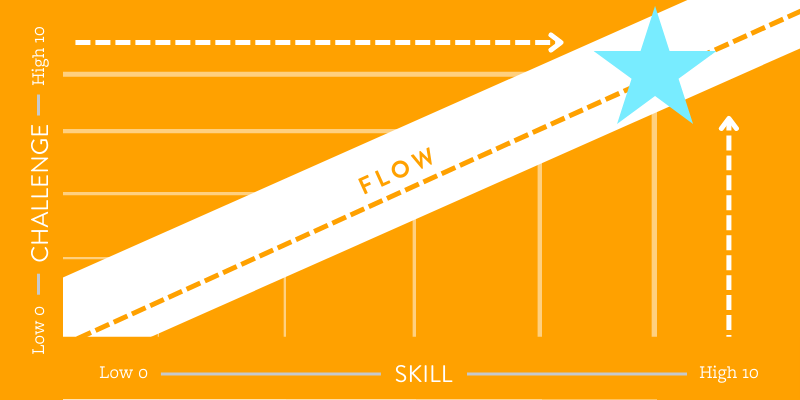The DiSC Profile, Explained: How Two Identical DiSC Styles Can be Unique








As a people leader, you play a role in the achievement of organizational goals and the assurance that company values are observed by those you lead.
No doubt you’ve established a certain cadence to monitor these responsibilities. But how often do you check in to see how your leaders are growing in skill and experience so that they can make even bigger contributions to the company?
For many organizations, June and July marks their mid-year period. It’s a time set aside to review and evaluate the status of their annual performance goals. In many instances, ratings are assigned based on the progress of SMART goals, and in some instances, competencies.
However, what usually is not organically baked into the mid-year agenda is a conversation around individual development. The performance management process usually launches at the beginning of the year and more often than not, is three-fold: performance goals (SMART), competencies, and development goals.
Performance goals are critical because they generally align with the organizational strategy. Competencies are equally important because they ensure employee behaviors align with company values. But those development goals should have equal—if not more—emphasis because, by having a workforce committed to their ongoing learning, you ensure the company stays on the path of growth and innovation.
A key responsibility of all people leaders is to make certain their direct reports have opportunities to grow and develop. And yes, the conversation about their individual development should be ongoing and not relegated only as part of the beginning of the year performance management planning.
Keeping development goals at the forefront and revisiting them is a key way that we can "Enable Others to Act”—which is a practice from the leadership program developed by James Kouzes and Barry Posner, The Leadership Challenge®, that helps us as leaders to both foster collaboration amongst our team, and help them increase competence.
Specifically, it is very important that we as leaders ensure our people grow in their job by learning new skills and developing in their roles. The Leadership Challenge® workshop demonstrates the importance of a commitment to developing competence in your team members with an approach called “flow”.
The Balance of Challenge and Task: Flow
The idea of “flow” is when a person achieves excellence almost effortlessly—being fully immersed and fully engaged in what they are doing. When we help our leaders develop competence, we are helping them achieve this “flow” state and work at their highest potential.
The concept of “flow” is based on the work of social scientist Mihalyi Csikszentmihalyi [Mee-high-yee Chick-sent-mee-high’-yee], who studied peak human performance at the University of Chicago. He found that we are at our best when we find the right balance between factors of challenge in the task and/or situation, and our skill to perform those tasks.
When we apply this concept of “flow” to where a manager facilitates the employee ‘getting into the zone’, it occurs when a manager stretches their employee to work at their highest level—without the overt stress of feeling overwhelmed and under-skilled or the apathy of feeling like they are processing menial tasks.
The process is simple. First, consider each person’s level of skill (experience). Then, assign the appropriate degree of challenge to each assignment. As the employee’s competence and confidence increases, so should the degree of challenge of their assigned tasks. The diagram below shows that ‘getting into the zone’ is not about finding the balance between challenge and skills and just staying there. That’s not growth! The best approach is to aim for the upper end of the flow zone where people are continuously stretched so as they are moving “up," they are simultaneously moving toward high skill levels and increased challenges.

For your team members to be able to perform at their best, they need to be as close as possible to the “flow”. That means you constantly need to assess the challenges that people are facing and their level of competence or skill so that you can provide them with the opportunities that help them develop and grow.
Another factor of “flow” is to ensure leaders feel confident in their roles and not just competent. To achieve both, we need to do more of the below:
Ensuring your leaders are growing in both skill and experience can help ensure they are meeting development goals, as well as performance goals and competencies. FlashPoint’s training and development offerings are designed to promote ongoing growth for both individuals and teams. To learn more about The Leadership Challenge® or our leader and team offerings, you can contact us for more information.






We're excited to partner with you to empower your leaders. Let us
know how we can be of service!